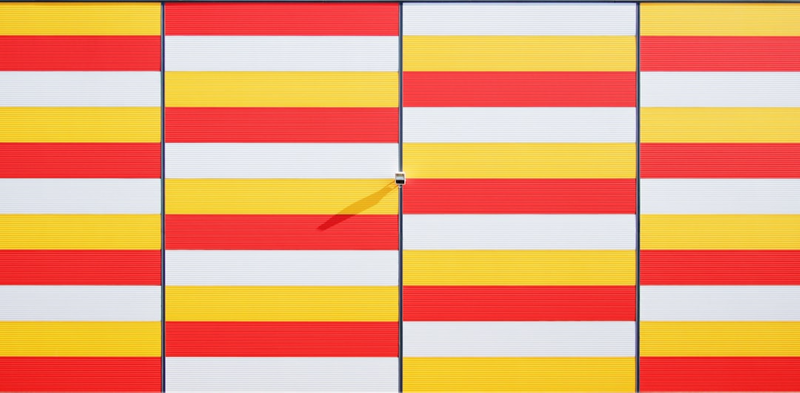
This logo isn't an ad or affiliate link. It's an organization that shares in our mission, and empowered the authors to share their insights in Byte form.
Rumie vets Bytes for compliance with our
Standards.
The organization is responsible for the completeness and reliability of the content.
Learn more
about how Rumie works with partners.
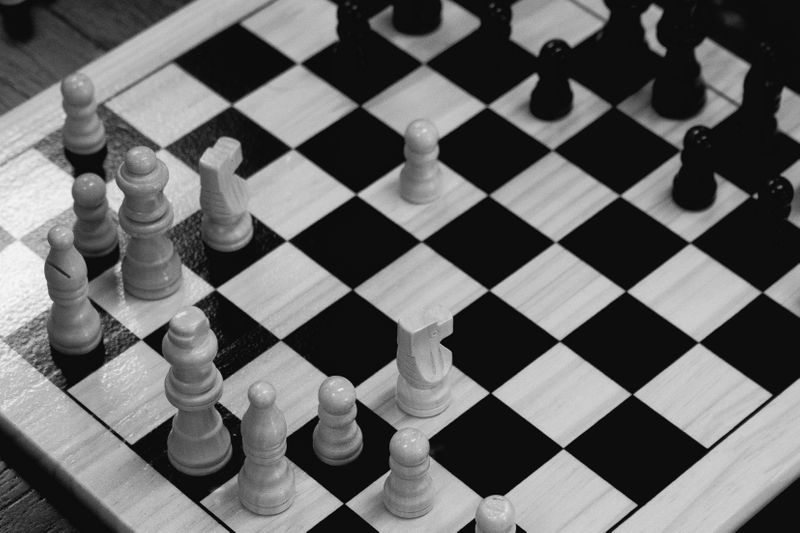 Photo by lowendsbrokethewindow on Unsplash
Photo by lowendsbrokethewindow on UnsplashThe world is full of patterns. You can find patterns in nature, architecture, and art — just like the chessboard seen here! Seeing patterns in things around us is "a key mathematical habit of mind." Learning about patterns and how to recognize them will help you "predict what will come next and make sense of [the] world."
Defining Patterns
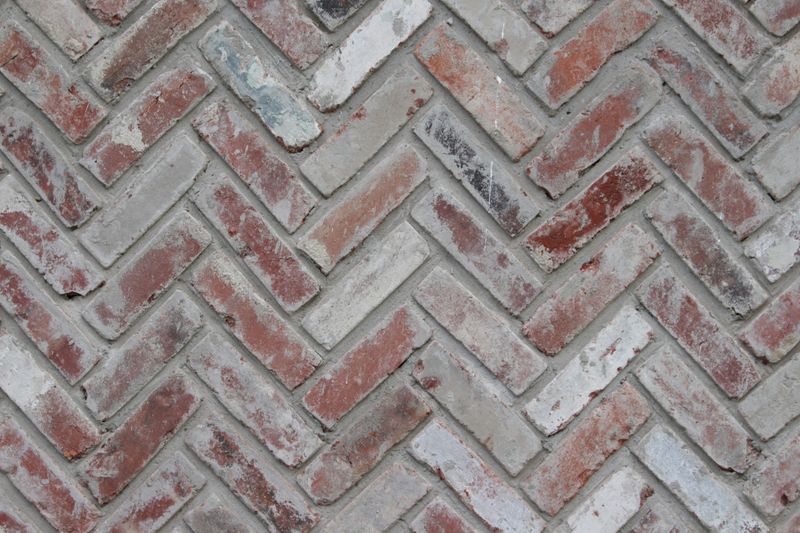 Photo by Jarrod Reed on Unsplash
Photo by Jarrod Reed on UnsplashA pattern is something that repeats according to a specific rule.
Stories, dances, and even chants have predictable patterns that repeat. For example, a simple song like "Head, Shoulders, Knees, and Toes," has a predictable pattern. First, you touch your head, then your shoulders, followed by your knees and toes, repeating this pattern throughout the song.
Patterns in math can be numbers, colors, shapes, or operations. For example, counting by 2's (2, 4, 6, 8,... etc.) has a predictable pattern. You start counting at 2, then add 2 to reach 4, add another 2 to get 6, and continue in this pattern.
When trying to find patterns, look for...
Objects that repeat
An object that grows by the same amount each time
Objects that have a common center
A symmetrical object (one side is the same as the other)
Quiz
In the sequence 3, 6, 9, 12, what would be the next three numbers in the pattern?
This pattern increases by 3. 3 + 3 = 6, 6 + 3 = 9, 9 + 3 = 12. If you continue to increase by three, you'll get the numbers 15, 18, 21. These numbers are also multiples of 3!
Repeating Patterns
Quiz
What other repeating pattern(s) do you notice in the example above?
Remember to look for elements that repeat. You may find more than one repeating pattern!
Growing Patterns

When looking for growing patterns, look for patterns that "keep increasing or decreasing by the same amount."
In the picture above, the blocks increase by one on each column. The first column begins with one block, the second column has two blocks, the third column has three blocks, and so on.
Other growing patterns:
Counting in an increasing or decreasing order (1, 2, 3 or 3, 2, 1)
Skip counting in an increasing or decreasing order (2, 4, 6 or 6, 4, 2)
Performing a repeated operation (multiplication, division, addition, or subtraction)
Suppose you're given this table:

Can you find the pattern?
The left column increases by 1 (1, 2, 3, etc.)
The right column increases by 3 each time
 The growing pattern is that the right column grows by 3.
The growing pattern is that the right column grows by 3.
Did you know?
A set of numbers called the Fibonacci sequence was named after Leonardo Fibonacci, who discovered the set. It's a series of number patterns where each is the sum of the two previous numbers - 1, 1, 2, 3, 5, 8, 13, 21, 34, 55, 89, 144, ... and so on.
This sequence can be spotted in spirals, pinecones, pineapples, flowers, and even leaves!
Symmetrical Patterns
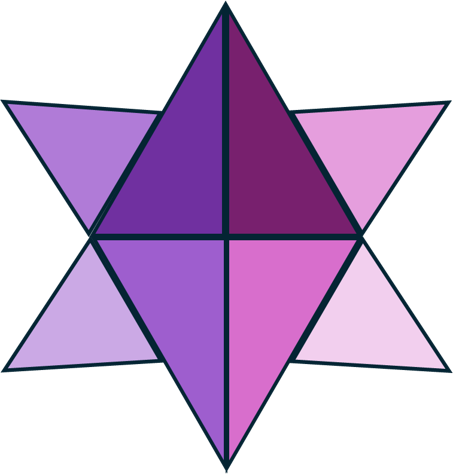
When looking for symmetrical patterns, look for "segments that repeat but instead of repeating in a line, the segments are the same when flipped, folded, or rotated."
In the picture above, the star shape can be folded along the thick black lines in the center so the triangle pieces will overlap perfectly.
How to spot symmetrical patterns:
Objects that can be separated into equal parts
Objects that are mirror images of themselves (like a butterfly)
Quiz
In the star shape above, can the star be flipped or rotated and remain symmetrical?
A pattern is symmetrical if it looks the same after being flipped, folded, or rotated. Because of the position of the triangles, this shape will remain symmetrical when it is rotated (turned in a circle), folded (horizontally and vertically), or flipped (turned over).
Concentric Patterns
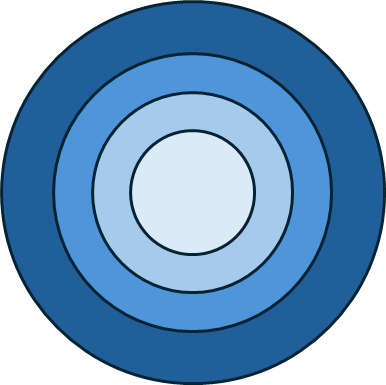
When looking for concentric patterns, look for "circles or rings that grow from a common center."
In the picture above, the circles grow bigger from the smaller center circle.
How to spot concentric patterns:
Look for circle patterns that begin with a small circle and grow bigger (like ripples on a pond or a target)
Quiz
You think there is a pattern within a flower you found while on a nature walk. How can you be sure? Select all methods that will help you find patterns in the flower:
When looking for patterns, look for repeating items like colors, shapes, lines, numbers, or number sequences. Remember that patterns are not only objects but math operations, too!
Take Action
 Photo by Sebastiano Corti on Unsplash
Photo by Sebastiano Corti on UnsplashStart looking for patterns in everyday life. You'll find them everywhere!
Repeating patterns in a cobblestone walkway
Growing patterns in flower petals
Concentric circles in an onion
Symmetry in the letters of the alphabet
This Byte has been authored by
Wendy McMillian
Learning Designer
B.S., M.A.T.

